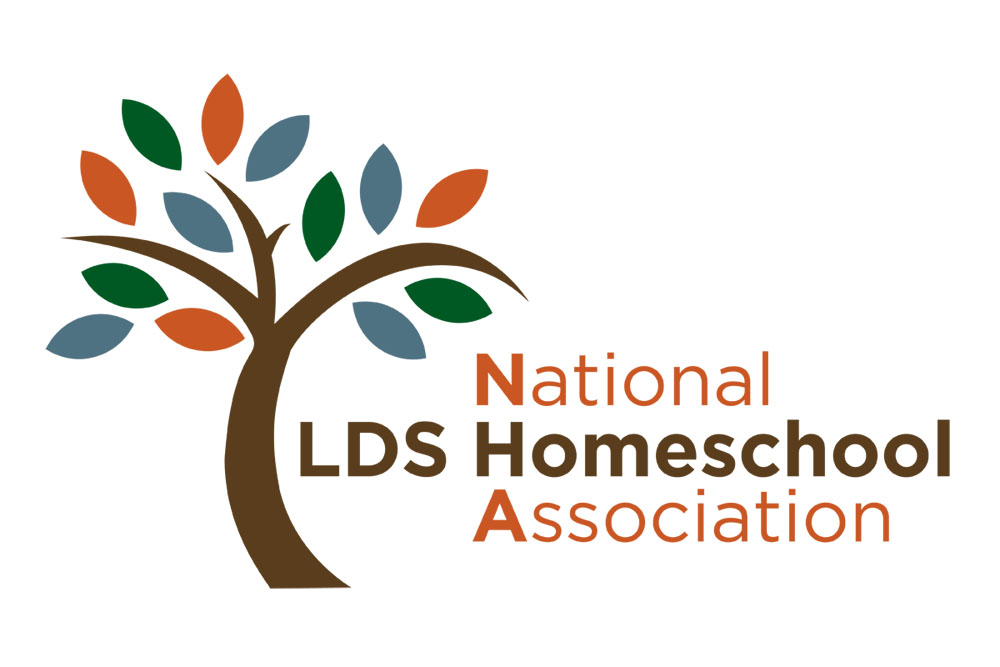In recent years I have become known as a bit of a Constitution and American history buff, and it all started when we attended our first LDSEHE homeschool conference in 2006. Our oldest child was about to turn five that summer, I was gearing up to ‘really’ start homeschooling, and I was excited to have discovered a group of LDS homeschoolers putting on a conference. Once I got there, I was amazed at what I discovered.
The spirit at the conference was amazing, and such a wonderful confirmation of our decision to educate our children at home. But what really blew me away was what I learned about American history, and that knowledge ignited a fire that has only burned brighter in the four years since it began.
I’m a public school graduate myself, and as near as I can tell I actually got a fairly decent education in my small town in Illinois, although I attribute a great deal of that to the fact that I had four years of Latin in high school with an amazing teacher and mentor, whom I now count as a friend and who also taught the one semester of American Government that was available (and required) for graduation. I do remember my history classes – none of the content, but certainly the boredom – as resembling the classes in Ferris Bueller’s Day Off: the teachers speaking in voices that make their own boredom evident, prison bars drawn on the chalkboard (I really did have a history teacher who did almost that exact same thing!), and the kids sitting in a stupor, sometimes falling asleep as drool pooled on the desk. History classes seemed irrelevant and boring as we labored to cram dates into our heads at the last minute for tests that reflected nothing but our ability to memorize dates and names.
So, there I sat in Virginia, so excited to be there and having no idea that what I learned would be the beginning of a fundamental change in me, a passion that I’ve been blessed to be able to share with a handful of others, and one that I hope to share with my children. There were several classes on history that year, and I remember sitting spellbound as Ron Carter began to open my eyes to what I had missed all my life about history: it matters! It matters not only to me, but it matters to God and it should matter to every American. He told us about the Battle of Long Island and I was hooked – and not just because we were living on Long Island at the time while my husband attended grad school. Before that day, I had a vague idea that God had had a hand in the coming forth of this nation, but I had no notion that He had effected Biblical-proportion miracles to bring to pass the establishment of the country that would eventually set the stage for the restoration of the gospel. My newly blossoming testimony of the importance of American history was nurtured further that year as I heard stirring presentations by both Dan Hunter and Brent DeGraff, and discovered, much to my delight, that there are books and classes and curricula available that actually teach history – world and U.S. – from an LDS perspective.
What could be better for our children, than to grow up with the understanding that this nation was born for the express purposes of our God, and in order that His gospel might be restored? How unshakeable might their testimonies be if they are raised knowing story after story of how the Lord helped individuals accomplish His purposes here in America and so that they themselves would have liberty? Might they be better able to grasp, then, that the Lord will help them when they ask? That He will give them the tools they need to accomplish His purposes as well? Is it possible that they’ll have a greater sense of the importance of themselves, as individuals, and that they might be more motivated to educate themselves to be leaders and to inspire others to become educated as well?
I can’t help but think that if our last couple of generations of kids would have been raised with the knowledge and understanding that I’ve gained in the past few years – a knowledge that in fact used to be taught in our schools – then we, as a nation, could not be where we are today in terms of a federal government so far outside its Constitutional bounds, legislatures overrun with power hungry career politicians, and an economy in ruins. If we as a citizenry were well educated about the Constitution and the importance of it, including its divine origins and the faith of those who crafted it, we would not have stood silently by – whether out of apathy or ignorance – while our liberty slowly disintegrated. As a woman of faith, I choose to believe that my own education in this arena, as well as that which I fully intend to inspire my children to obtain as well, will not go to waste: we can reclaim the spirit of liberty and true freedom that our Heavenly Father intended when he sent his Spirit to strive among the hearts of men in those original 13 colonies.
Heidi McFarland lives with her family in Alabama. For the past two years, she has served on the Conference Committee for the LDSEHE Home Education Conference. For more information about this year's conference, please visit www.ldsehe.org.

